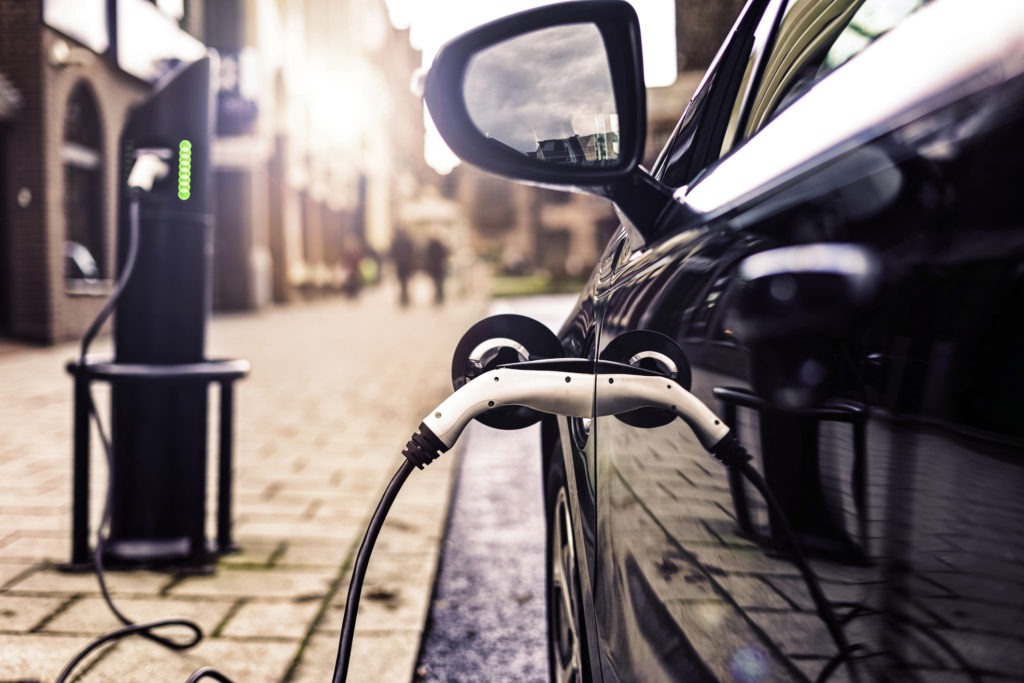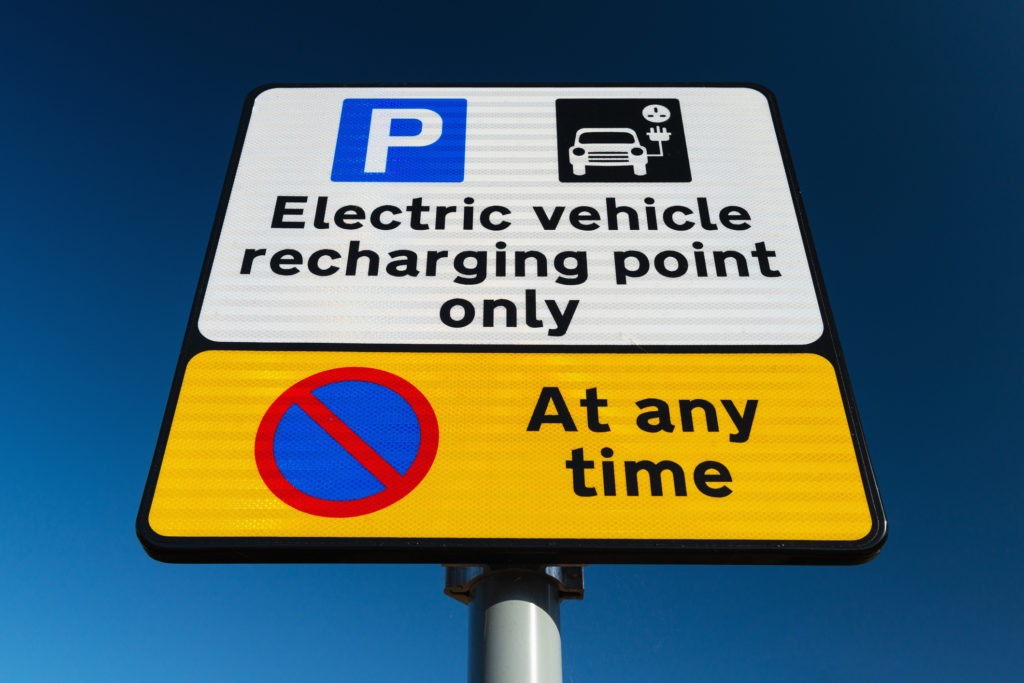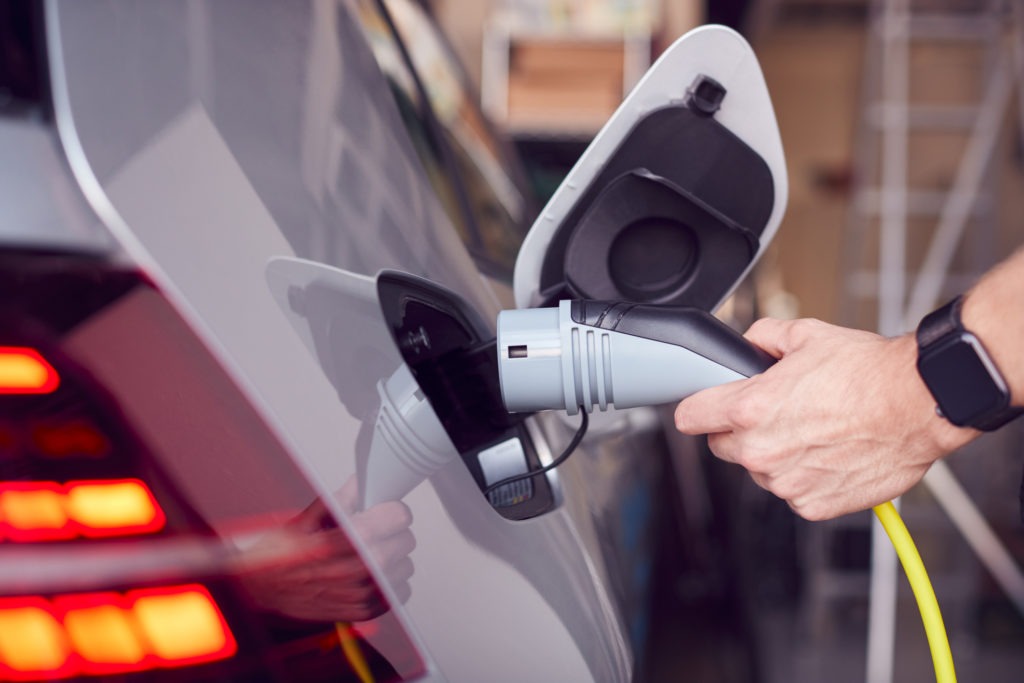How can charging infrastructure be improved to boost electric-vehicle adoption?
17 March 2022

Advancing electric-vehicle (EV) infrastructure has primarily focused on maximising the number of available plugs. But how can EV charging be improved to boost the adoption of electromobility? Autovista24 deputy editor Tom Geggus finds out.
Ensuring charging infrastructure keeps pace with EV uptake is vital to the success of electromobility. But all the different use cases and needs mean just flooding the market with standard plug-in points will not be enough. To help boost EV adoption, charging infrastructure will need to be accessible, innovative, interoperable, and straightforward.
Taking control of charging
ChargePoint has enjoyed a recent string of awards recognising its innovation and market leadership. It is not difficult to see why considering the firm’s reach. In January, the company confirmed it oversees some 174,000 active ports globally, 51,000 of which are located in Europe. This equates to a 64% increase in its available EV infrastructure over the course of the last fiscal year. But how does a provider get to this point, and how could it influence the adoption of electromobility?
André ten Bloemendal, ChargePoint’s vice president for Europe outlined the importance of control to Autovista24. ‘If we would have had this interview three years ago, we would have probably started with range anxiety, and ended with the availability of charging stations in Europe. That whole thing is gone. We are past that stage,’ he said, but with the removal of range and charging anxiety comes the underlying issue of control.
EV infrastructure should give its users power over the central aspects of charging including access, timing, location, and perhaps most importantly, cost. Boosting the batteries of fleet cars is a perfect example. Here, employee homes and company-owned locations are ideal, as plugging in is more affordable and manageable than at public charging points, meaning more controlled costs. But instead of prohibiting the use of more expensive options, companies should make cost-effective charging more convenient for their employees, passing over control rather than taking it away.
Price transparency, even before the vehicle is plugged in, is another crucial component of cost control. However, this is not a common offering among providers because of the spider’s web of parties involved in the supply and pricing of power. Instead, ChargePoint relies on a ‘pass through’ method where there is a more direct transaction between the price-setting station owner and the person charging their EV.
‘We think it is so important that the driver understands that there are no hidden margins, that there is nobody taking money, and that they can actually choose where to charge in order to be in control of their costs,’ Bloemendal said. This transparency extends to the means of payment as well, with customers given the ability to pay via multiple methods including card-based transactions. This standard source of payment means roaming control, and usage of a leased vehicle that may come with a mobility card.
Plug-in lamppost
Location is another important area of control, dictating accessibility and availability. In the UK, one in three households does not have access to off-street parking where a private charging point can be installed. Running a power cable out the window, down the street, and zigzagging between lampposts might seem like a creative solution at first.
But ubitricity, a Shell subsidiary, has found a solution closer to the roadside. In fact, its system will allow EV owners to plug into the nearest lamppost. Nicole Anhoff-Rosin, ubitricity’s head of marketing and communications, illuminated the accessible EV infrastructure for Autovista24.
‘It is an easy and cost-efficient way to implement a dense charging network quickly,’ she said. ‘Because with more EVs coming to the roads, we need charging everywhere. We need a very healthy mix of different charging options for the different use cases.’
The company currently operates over 4,800 lamppost plug-in points in the UK, making it the country’s largest public-charging network. The aim is to increase this number up to 50,000 by 2025. It also has six locations in Ireland and other projects in France, Germany and Switzerland. Next, ubitricity is looking towards the Netherlands, Portugal, and Belgium.
At present, ubitricity’s London-based EV infrastructure can supply roughly 5.5kW of electricity, utilising surplus power the lamppost does not need. As more efficient LED panels replace old-fashioned lightbulbs, there will be plenty of areas for the company to transform into charging hotspots.
With the battery drip-fed by this lower power source, ubitricity’s chargers are set up for longer plug-in times. This makes it ideal for those who do not have a driveway but want to charge their EV overnight, which usually takes between seven and 12 hours. It also contains the potential for further technological development, including smart charging to navigate peak demand, and supportive vehicle-to-grid (V2G) systems.
Setting up urban infrastructure to support EV charging stations is a relatively straightforward process too. After some initial assessments, a lamppost can be transformed into an EV plug-in point in roughly an hour, with no need for open roadworks. Depending on the location, the technology can be discreetly integrated into the post, or attached externally. The retrofit can be easily moved when and where necessary, making it a flexible option for urban planners.
Charging robots to the rescue
But what about making charging more appealing for those with a dedicated parking space? In January this year, Continental Engineering Services (CES) revealed it is developing an intelligent charging robot with startup Volterio. Built for home use, the first near-production system is scheduled for mid-2022.
Alex Rupprecht, director of business segment driveline and electrification at CES told Autovista24 why this automatic conductive-charging system could help boost the uptake of electromobility. He explained that if an EV is only driven 30km a day, then parked in a dedicated spot, users could remove the additional complexity of plugging in, meaning fewer concerns over battery capacity and range.
Acting as a wallbox extension, the robot comprises two units, one on the floor and one attached to the bottom of the EV. The ground-based component can reposition itself by 30cm in any direction to line up with the car, with communication taking place via a smart system.
Currently capable of delivering 22kW of AC power, there is the potential for 50kW DC charging and higher. While the robot is currently designed for indoor use, an outdoor version is on the horizon. Rupprecht pointed out that this model would need reinforcing to safeguard against larger heavy-goods vehicles (HGVs).
Looking ahead, he outlined an ambition to cooperate with OEMs, making the system available as a new-car option. However, the aim would not be to dominate the charging market, as Rupprecht acknowledges the need for rapid chargers in remote locations for longer journeys. ‘The charging robot is just an additional option. So, you have will have both. You will have your type two connector, and you will have the charging robot on the underbody of the car,’ he said.
Setting charging standards
For any new charging technology to successfully promote electromobility, it needs to meet certain industry benchmarks. The International Organisation for Standardisation (ISO) is an independent body working to bring consensus to many different areas of life, including the automotive sector.
Experts working through different technical committees (TCs) and subcommittees (SCs) examine what attributes are needed as part of a developing and functioning system. Daniel Pacner is the committee manager for ISO/TC22/SC37, which focuses on standards for electrically-propelled vehicles.
Speaking with Autovista24, he explained the proactive nature of the process. ‘Standardisation is no longer a thing that happens after products or services have been developed. It is already coming into a more proactive role, which I think is very important also for the future of standardisation.’ Pacner pointed out that standardisation is already laying the foundations for the development of some products.
For example, ISO 17409 deals with the safety requirements of conductive power transfer. While only published in 2020, it is already undergoing revision to help establish the ever-developing world of EV technology. This means expanding the standard into a larger series, addressing different elements of charging, including functional and safety requirements, AC and DC charging, wireless power transfer, and automatic conductive transfer.
Using these documents, automotive companies can build better charging systems with guaranteed development and performance. This in turn will drive the adoption of electromobility, with consumers gaining access to universal features and dependable interoperable systems.
EV charging-station payment
One area which stands to benefit from standardisation is payment methods. In February, financial giant Visa said EV infrastructure should adopt an open-loop and interoperable approach. A spokesperson for the company told Autovista24 this would help drive the adoption of electromobility.
‘Simple and effective infrastructure will likely support the transition to EVs. A secure and convenient payment experience is important to consumers and delivering this for EV charging will likely be key to helping with greater adoption of zero-emission vehicles across Europe,’ they said.
In Germany, legislation has already been passed that mandates contactless or digital payment options for EV infrastructure. Similar expectations have also been set by the UK government. The EU is currently looking over its legal framework, proposing objectives to promote the development of charging points with harmonised rules and requirements.
‘At present, there is no widespread industry standard for payment acceptance at EV charging points. This has led to a system where consumers often do not have a choice of payment method and are forced into a single option, or even face not being able to charge their vehicle because they are not registered with the required subscription service,’ the Visa spokesperson said.
Wanting to support the transition to electromobility, Visa has launched a consultation on how contactless and digital payments can gain recognition as the standard at EV charging stations. Working with players throughout the EV ecosystem, the company will conduct some one-to-one meetings with core groups as well as an online survey with a wider range of providers. With the results expected this year, the consultation could provide valuable insights into how EV charging is paid for.
So in the end, EV charging technology must be developed with the user in mind. It must give them control over where and how they plug in. Taking the effort out of this process can also help drive adoption, while standardised technology and services will reassure users.



